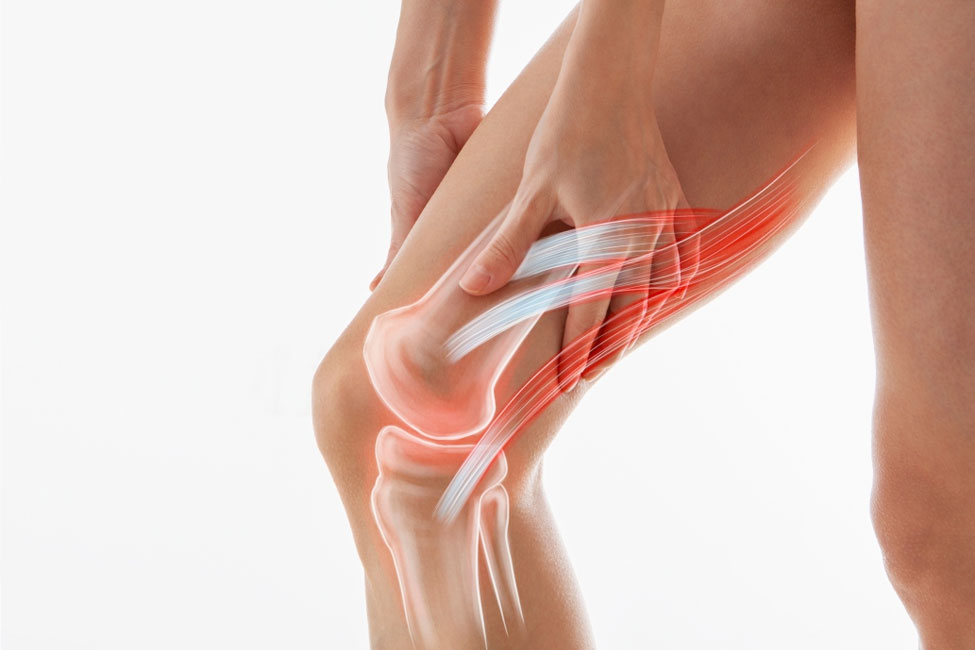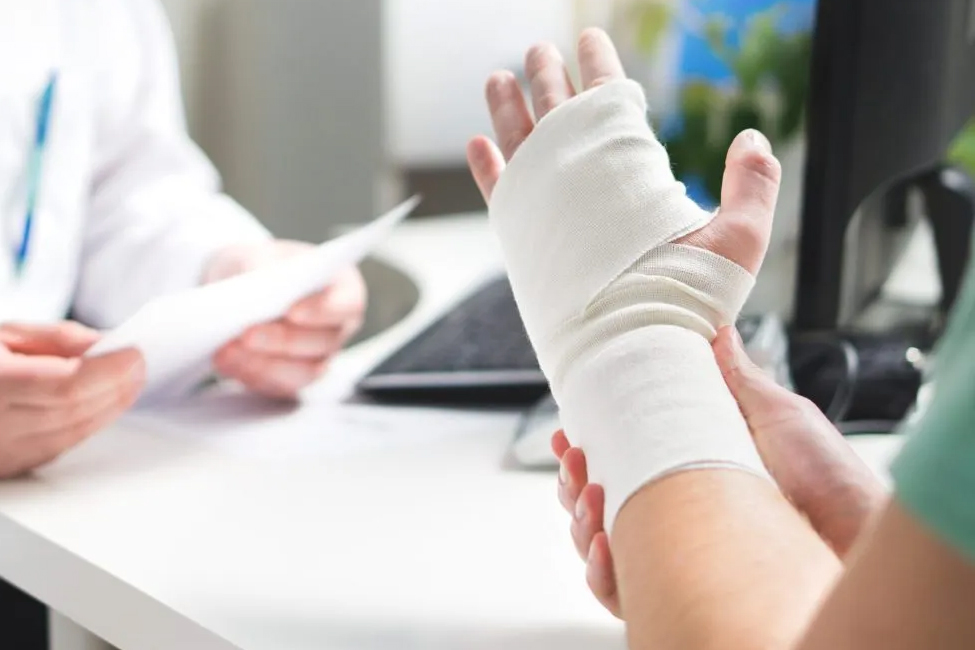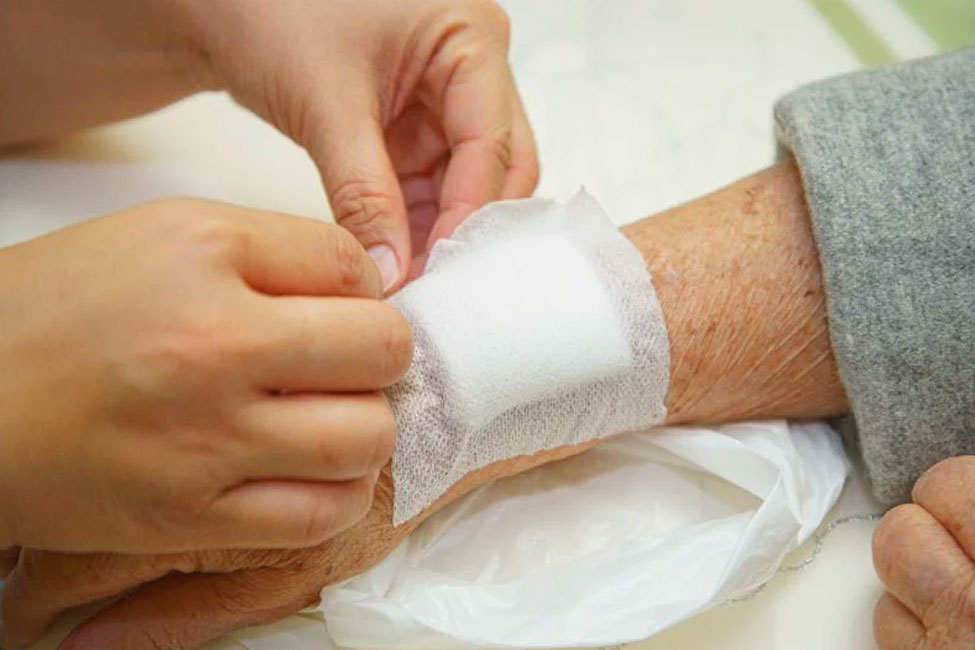Dislocation: Causes, Symptoms, Treatment, and Prevention
What is Dislocation?
A dislocation occurs when the bones in a joint become displaced, moving out of their normal alignment. It’s typically caused by trauma, such as a fall, collision, or forceful impact. Dislocations can affect various joints, including the shoulders, fingers, elbows, hips, knees, and ankles.
Types of Dislocation
Dislocations can affect different joints, such as the following:
- Shoulder Dislocation: Where the upper arm bone pops out of the shoulder socket.
- Finger Dislocation: Involves the displacement of the finger joint bones.
- Elbow Dislocation: This occurs when the forearm bones move out of place at the elbow joint.
- Hip Dislocation: The femur (thigh bone) is displaced from the hip socket.
- Knee Dislocation: A rare but severe injury where the knee bones lose alignment.
How Common is Dislocation?
The frequency of dislocations can vary depending on the joint affected and individual circumstances. While some joints, like the shoulder, are more prone to dislocations due to their structure and range of motion, dislocations of other joints are less common but can still occur due to injuries or accidents.
Causes of Dislocation
Dislocations primarily result from traumatic incidents or extreme force applied to a joint. The common causes of dislocations include:
- Injury or Trauma: Falls, collisions, sports-related impacts, or accidents can force a joint out of its normal position, causing a dislocation.
- Twisting Movements: Sudden and forceful twisting motions or sudden jerks can also lead to joint dislocation, especially in weight-bearing joints like the knees or ankles.
- Congenital Conditions: Some individuals may have a predisposition to joint laxity or conditions that make their joints more susceptible to dislocation.
- Severe Stress or Overextension: Forcibly overextending a joint beyond its typical range of motion, such as hyperextending the elbow, can result in dislocation.
- Sports Injuries: Contact sports, where players are vulnerable to falls, collisions, or sudden impacts, increase the risk of joint dislocation.
Symptoms of Dislocation
Symptoms of a dislocation typically include:
- Visible Deformity: The affected joint appears deformed, swollen, or visibly out of place.
- Severe Pain: Sudden and intense pain in the joint, making it difficult to move or use the affected limb.
- Swelling and Bruising: Swelling, tenderness, and bruising around the dislocated joint due to tissue damage and blood vessel injury.
- Loss of Movement: Inability or limited range of motion in the affected joint due to the displacement.
- Numbness or Tingling: Numbness or tingling in the area of the dislocated joint, which can be a sign of nerve involvement.
- Weakness or Instability: Feeling of weakness or instability in the joint, making it challenging to bear weight or use the affected limb.
Diagnosis of Dislocation
Diagnosing a dislocation typically involves a physical examination and imaging tests. The steps often include:
Physical Examination
A healthcare professional will assess the injury by examining the affected joint, noting any deformity, swelling, tenderness, or limited range of motion.
Medical History
Understanding the circumstances that led to the injury, previous joint issues, or any pre-existing conditions is essential for accurate diagnosis.
Imaging Tests
X-rays are commonly used to confirm the dislocation and assess any associated fractures. In some cases, additional tests such as MRI or CT scans might be necessary to obtain more detailed images of the joint and surrounding tissues.
Neurovascular Examination
It’s crucial to assess nerve and blood vessel function to ensure no severe nerve or vascular damage has occurred due to the dislocation.
Complications of Dislocation
Complications following a joint dislocation can include:
- Joint Damage: Dislocations often cause injuries to the ligaments, tendons, and surrounding tissues, which can lead to joint instability or chronic issues.
- Fractures: Dislocations may be accompanied by fractures in the bones surrounding the joint due to the force of the injury.
- Nerve or Blood Vessel Damage: Severe dislocations can damage nearby nerves or blood vessels, leading to numbness, tingling, or impaired circulation. In rare cases, severe dislocations may affect the blood supply to the affected limb, requiring immediate medical attention.
- Recurrent Dislocations: After an initial dislocation, some individuals are prone to recurrent dislocations in the same joint, especially if proper rehabilitation and preventive measures are not followed.
- Chronic Instability or Ongoing Pain: Dislocations might result in chronic joint instability, ongoing pain, or decreased range of motion, impacting daily activities and quality of life.
Treatment Options for Dislocation
The treatment for a dislocated joint typically involves the following steps:
Reduction
The primary treatment is to realign the dislocated joint to its normal position. This can be performed in an emergency department or by a healthcare professional. The process, known as “reduction,” involves gentle manipulation to put the joint back in place.
Immobilisation
After reduction, the joint is immobilised to promote healing and prevent further dislocation. This is often achieved using a splint, sling, or brace.
Pain Management
Pain relief methods, such as over-the-counter or prescription pain medications, may be recommended to manage discomfort.
Rehabilitation
Rehabilitation exercises or physical therapy help restore strength, flexibility, and range of motion in the joint. It’s crucial for proper recovery and reducing the risk of recurrent dislocations.
Surgical Intervention
In severe cases where ligaments, tendons, or other structures are significantly damaged, surgical repair might be necessary to restore stability to the joint.
Preventive Measures
To reduce the risk of recurrent dislocations, especially in individuals prone to this issue, orthopaedic specialists might suggest certain preventive measures, like exercises to strengthen the joint or wearing protective gear during physical activities.
Preventing Dislocation
Preventing joint dislocations involves various measures to minimise the risk of injury and maintain joint stability:
- Regular exercises to strengthen the muscles around the joints and improve flexibility can help stabilise the joints, reducing the risk of dislocation.
- Use appropriate protective gear during sports or activities that pose a risk of joint injury, such as helmets, braces, or joint supports.
- Engage in activities that improve balance and coordination, reducing the risk of falls or awkward movements that could lead to dislocations.
- Learn and practice correct techniques in sports and activities to minimise the risk of injury.
- Take breaks during physical activities and avoid overexertion to prevent fatigue-induced accidents.
- Maintain a healthy weight, as excessive weight can strain the joints, and adopt a nutritious diet to support overall joint health.
- If you have a history of joint dislocations or other joint-related issues, seek advice from a healthcare professional for specific preventive strategies and recommendations tailored to your situation.
Living with Dislocation
Living with Dislocation
Living with a joint dislocation may involve several considerations to facilitate recovery and reduce the risk of further injury:
- Adhere to the prescribed rehabilitation or physical therapy regimen to regain strength, flexibility, and range of motion in the affected joint.
- When advised by a healthcare professional, use splints, braces, or joint supports to protect the affected joint during physical activities.
- Take precautions to prevent re-injury, such as using proper techniques in sports or activities and avoiding situations that could stress the joint.
- Use pain relief methods or medications as recommended to manage discomfort during the recovery process.
- Maintain a healthy lifestyle, including regular exercise, a balanced diet, and a healthy weight to support joint health and overall well-being.
- Attend scheduled follow-up appointments to monitor progress, address any concerns, and ensure proper joint healing.
- If there are concerns or recurring issues with the joint after a dislocation, consult a healthcare professional for guidance and appropriate intervention.
Dislocations are painful and potentially serious injuries that require prompt medical attention and proper care to ensure a full recovery. Understanding the causes, symptoms, treatment options, and preventive measures is essential for managing dislocations effectively.
If you or a loved one has experienced a joint dislocation or concerns about joint stability, seeking professional advice is crucial. The Orthopaedic Practice and Surgery Clinic is here to provide expert guidance and tailored treatment plans to aid in your recovery and minimise the risk of recurrent dislocations.
Don’t let a dislocation impact your quality of life. Contact The Orthopaedic Practice and Surgery Clinic to receive specialised care and support for your joint health. Your well-being is our priority, and we are ready to assist you on your journey to recovery.






